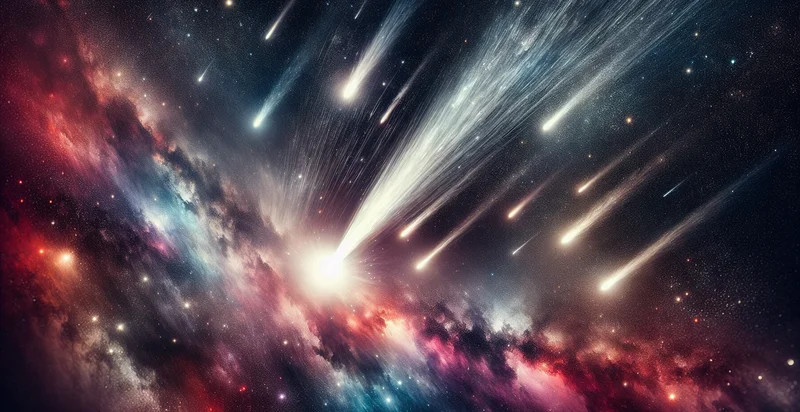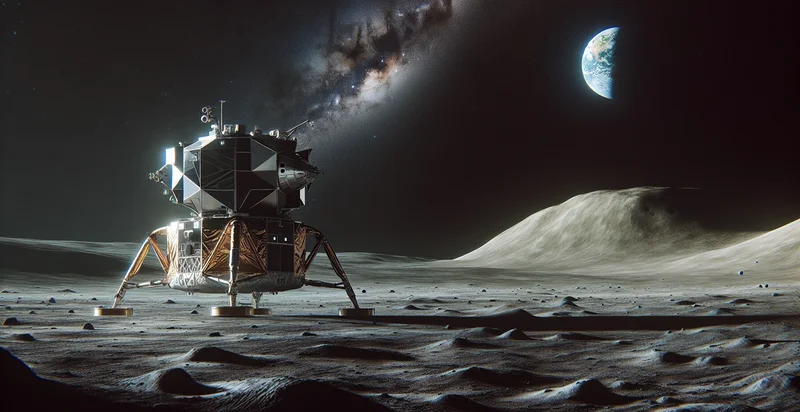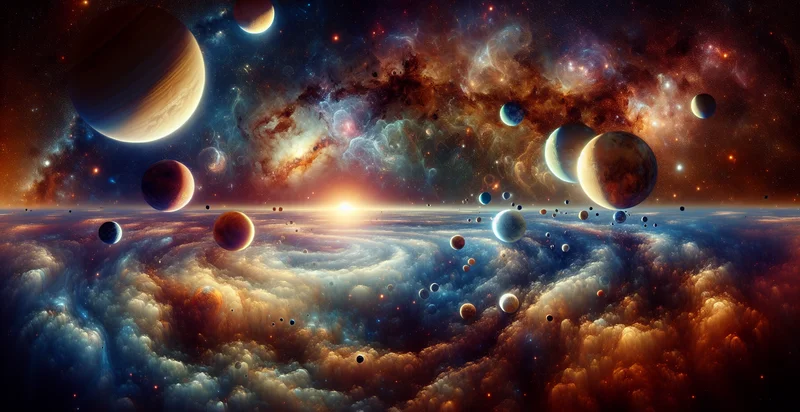Identify comets
using AI
Below is a free classifier to identify comets. Just upload your image, and our AI will predict the type of comet it is - in just seconds.

Contact us for API access
Or, use Nyckel to build highly-accurate custom classifiers in just minutes. No PhD required.
Get started
import nyckel
credentials = nyckel.Credentials("YOUR_CLIENT_ID", "YOUR_CLIENT_SECRET")
nyckel.invoke("comets", "your_image_url", credentials)
fetch('https://www.nyckel.com/v1/functions/comets/invoke', {
method: 'POST',
headers: {
'Authorization': 'Bearer ' + 'YOUR_BEARER_TOKEN',
'Content-Type': 'application/json',
},
body: JSON.stringify(
{"data": "your_image_url"}
)
})
.then(response => response.json())
.then(data => console.log(data));
curl -X POST \
-H "Content-Type: application/json" \
-H "Authorization: Bearer YOUR_BEARER_TOKEN" \
-d '{"data": "your_image_url"}' \
https://www.nyckel.com/v1/functions/comets/invoke
How this classifier works
To start, upload your image. Our AI tool will then predict the type of comet it is.
This pretrained image model uses a Nyckel-created dataset and has 15 labels, including Borrelly, Guess 1, Guess 2, Guess 3, Guess 4, Guess 5, Guess 6, Hale Bopp, Halley and Ison.
We'll also show a confidence score (the higher the number, the more confident the AI model is around the type of comet it is).
Whether you're just curious or building comets detection into your application, we hope our classifier proves helpful.
Related Classifiers
Need to identify comets at scale?
Get API or Zapier access to this classifier for free. It's perfect for:
- Astronomy Research Enhancement: The false image classification function can be used by astronomers to filter out non-cometary images from their telescopic data. This helps researchers focus on true comet data, improving the efficiency of their studies and reducing the time spent on irrelevant images.
- Skywatching Event Planning: Event organizers can utilize this function to ensure that skywatching events showcase genuine comet sightings only. By filtering out false positives, they can enhance attendee experiences and encourage greater public interest in astronomical events.
- Educational Platforms: Online educational platforms, such as astronomy courses, can integrate this function to provide students with accurate examples of comet images. This ensures that learners are exposed to genuine data, enriching their educational experience and knowledge.
- Automated News Curation: News agencies focused on space exploration can employ this image classification to identify legitimate comet sightings for their reports. This enhances content accuracy and credibility, as readers receive news based on verified astronomical phenomena.
- Satellite Image Analysis: Satellite imaging companies might use the function to distinguish between legitimate asteroid or comet images and other space artifacts. This precision allows for better data collection, decreasing the likelihood of misidentifications that could skew research outcomes.
- Mobile Astronomy Apps: Developers of mobile apps focused on stargazing can implement this classification function to alert users only to authentic comet sightings. This improves user engagement and satisfaction, as users will receive relevant and accurate notifications.
- Scientific Grant Proposals: Researchers writing grant proposals for space observation studies can leverage this tool to demonstrate their capability to filter and classify comet images. By showcasing a method for accurate image classification, academics can strengthen their proposals, increasing their chances of receiving funding.


